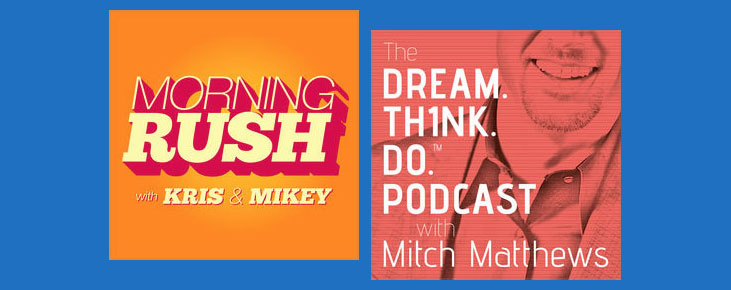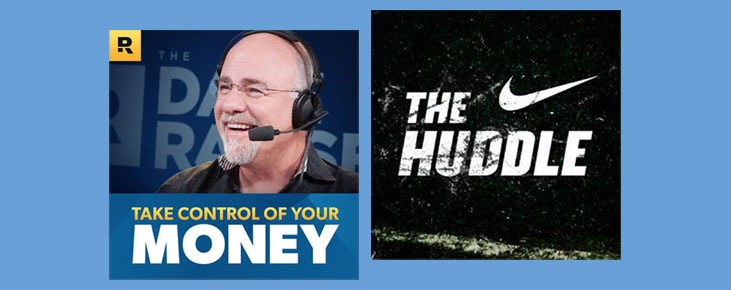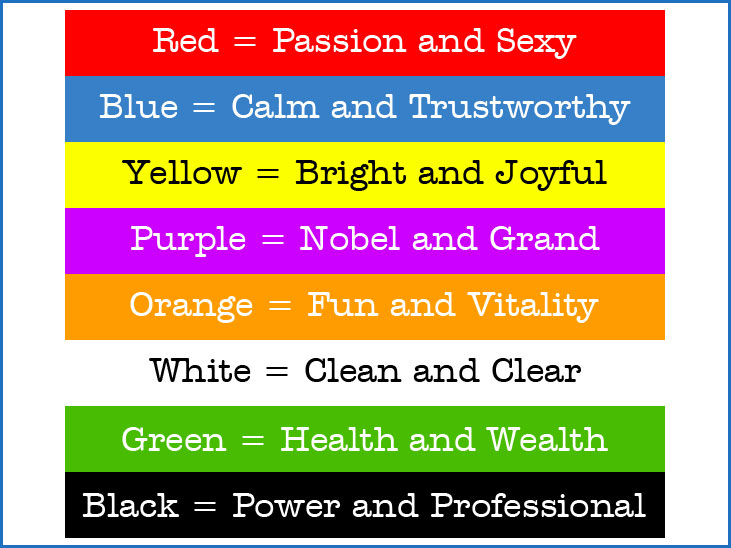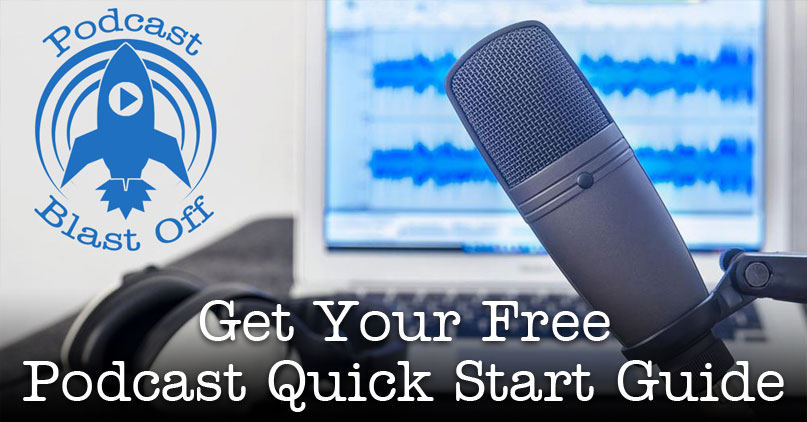One of the best parts of having a podcast is the connections you can make as a result.
Every week, you get to meet and talk with people that would be otherwise inaccessible. You can build out your network and grow your own authority in a chosen field. But only if you can actually get people to come onto your show.
Of course, email is the best way to reach out to somebody, but I've also had luck with twitter and facebook. The platform isn't what's important, just make contact. Send a message, and title it something simple like "interview request." Anything along those lines will grab their attention.
But what about once they open the email? How do you get them to accept an invite to be a guest on your show? As a podcast host, and frequent podcast guest, I know what does and doesn't work when it comes to inviting guests onto your show.
So today, I'm gonna share a few secrets that I use for inviting guests on that always get a positive response.
1. Personalize your invitation.

Nobody likes talking to a robot, so don't send out automated invitations. Make them personal. When you invite someone onto your show, let them know that you want them, not just their popularity.
This is actually pretty easy to do.
First of all, make your invitation relevant to them. Reference something specific about them that made you reach out to them. Mention something they've done that made an impact on you. That way they know they're not just reading a copy-and-paste invite.
People love hearing about themselves. If you want them to read all the way to your invitation, start off by letting them read about themselves.
Appeal to their self-interest.
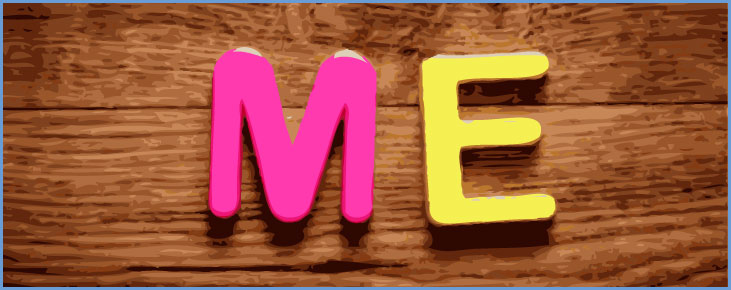
Having an awesome guest on your show is gonna be great for you and your listeners, but what's in it for the guest? Answer that question right away and you'll increase the chances of getting them on your show.
Maybe they have a new book coming out. Maybe they need eyeballs on their new website. Maybe they just want to get an important message out there. Whatever the case, you have an audience that they need to reach. Let them know that.
Sometimes, just letting somebody know that you want to talk with them is enough to spark their interest. You'd be surprised. Sometimes the chance to be part of a good conversation is motivation enough.
You're trying to sell somebody on the idea of coming onto your podcast. And just like any other sale, you have to tell them what they'll be getting. Identify what they get out of the deal, and communicate that value.
Use social proof.

Most people don't like sailing uncharted waters. So don't ask them to boldly go where no man has gone before. If you have anything you can leverage as social proof, use it.
If you were featured on New and Noteworthy in iTunes, let them know that. If you've ever interviewed any of their colleagues, let them know that. If your Facebook page has a thousand followers, or if your episodes get lots of downloads, let them know that.
If you have anything that indicates people pay attention to your show at all, let them know. Anything that shows them others find value in your show will also tell them they'll get value from coming on.
Make it brief.

In demand guests are busy. So get to the point.
Don't ramble on for ten pages. Introduce yourself, tell them what you like about them, and get to the point. The easier you make it to say yes, the more likely they are to do it. So make it easy.
And making a busy person read twenty paragraphs before they even know why they're reading... that's not making it easy.
Follow up with them.

As Jim Rohn famously said, the fortune is in the follow-up.
Sometimes busy people miss emails. Sometimes they read them, and forget to reply. Sometimes they just don't reply unless you prove that you're serious. Whatever the reason, following up is a vital key to getting guests for your podcast.
As a host, you don't want to come off like a pest. But you don't want to come off as only slightly interested either. You have to follow up with people.
If you don't get a response right away, give it a day or two, and follow up with them. And don't just copy and paste your original message either.
Follow up with a new message, letting them know that you value their time understand they are busy, but you really want to have them on as a guest.
Nine times out of ten, the follow up will get a response when the first one did not. So always follow up, at least one time.
Alright, I hope that helps.
These are the tactics I've used to invite guests on my own podcast. I've been able to get everyone from niche celebrities to New York Times bestsellers on as guests.
This formula works.
- Nice to meet you. I love your work in specified area.
- I'd love to introduce you to my audience and help promote what you've got going on.
- I recently interviewed so-and-so, and he said I should reach out to you and get you on.
- Thanks for your time. Let me know how we can make this happen. And...
- Follow up.
If you found this post valuable, you should check out our free course on podcasting. Hundreds of people have taken it and gone on to create successful podcasts of their own.
It gives you the Top Five secrets that you need to know if you want to launch or improve your podcast today. Get more information on how to enroll for free at the link below.










